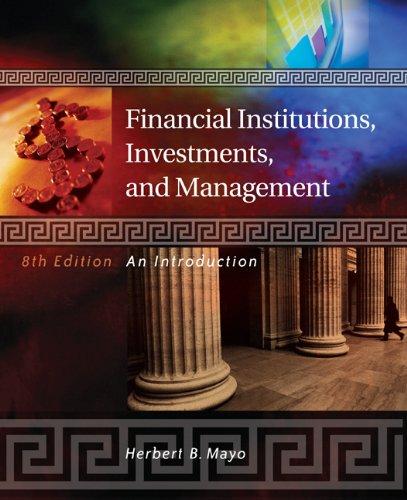

In the book Making Hard Decisions: An Introduction to Decision Analysis, 2 nd ed., Robert T. Clemen presents an example in which an investor wishes to choose between investing money in (1) a high-risk stock, (2) a low-risk stock, or (3) a savings account. The payoffs received from the two stocks will depend on the behavior of the stock market-that is, whether the market goes up, stays the same, or goes down over the investment period. In addition, in order to obtain more information about the market behavior that might be anticipated during the investment period, the investor can hire an economist as a consultant who will predict the future market behavior. The results of the consultation will be one of the following three possibilities: (1) "economist says up," (2) "economist says flat" (the same), or (3) "economist says down." The conditional probabilities that express the ability of the economist to accurately forecast market behavior are given in the following table: For instance, using this table we see that P ("economist says up" I market up) =.80. Figure 19.7 gives an incomplete decision tree for the investor's situation. Notice that this decision tree gives all relevant payoffs and also gives the prior probabilities of up, flat, and down, which are, respectively, .55, .20, and .25. Using the information provided here, set up probability revision tables to (a) Find the probability that the "economist says up" and find the posterior probabilities of market up, market flat, and market down given that the "economist says up." (Round intermediate calculations and final answers to 4 decimal places.) (b) Find the probability that the "economist says flat," and find the posterior probabilities of market up, market flat, and market down given that the "economist says flat." (Round intermediate calculations and final answers to 4 decimal places.) (c) Find the probability that the "economist says down," and find the posterior probabilities of market up, market flat, and market down given that the "economist says down." (Round intermediate calculations and final answers to 4 decimal places.) FI G U R E 19.7 An Incomplete Decision Tree for the Investor's Decision Problem of Exercises 1016 thrnuah 1021 Source: R. T. Clemen, Making Hard Decisions: An Introduction to Decision Analysis, 2nd ed., p. 77. Brooks/Cole, 1996








